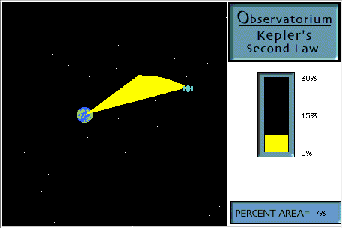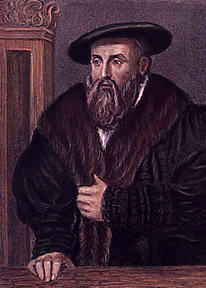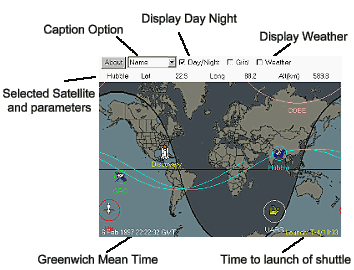
Interactive NASA Observatorium on satellite orbits and Kepler's Laws tutorial.
http://observe.arc.nasa.gov/nasa
//education/reference/orbits/orbits.html
Pictures from Newton's Principia and three user-controllable JAVAscript simulations (one for each of Kepler's Laws) nicely illustrate satellite motion.

